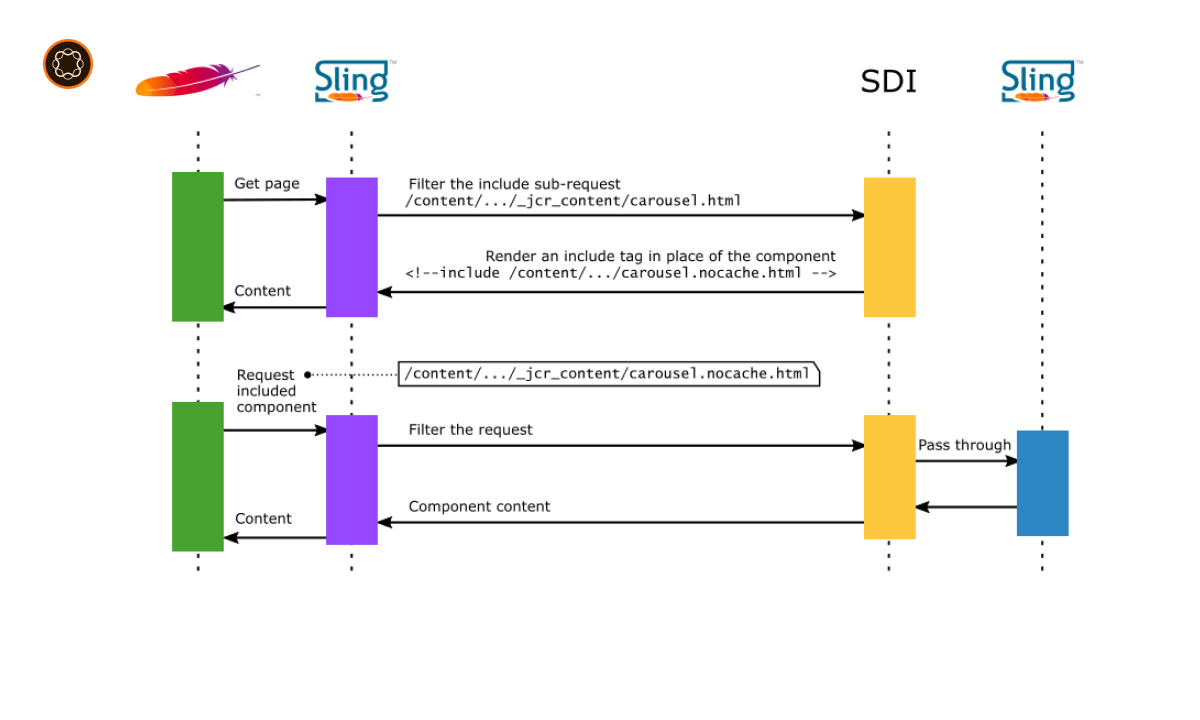In Adobe Experience Manager (AEM), “Models” serve as an essential bridge between your content and code. Specifically, Sling Models allow for easier interaction between AEM content and Java code, enabling developers to map resource properties to Java objects, simplifying the management of AEM resources and enhancing development efficiency.
Key Takeaways
- AEM Models, specifically Sling Models, facilitate interaction between AEM content and Java code.
- They map resource properties to Java objects.
- Sling Models are annotated Java classes that represent AEM resources.
- They enhance development efficiency and code readability.
Understanding AEM Models
AEM Models, particularly Sling Models, are Java classes that represent AEM resources, such as pages or assets. They map resource properties to Java objects, allowing developers to interact with these resources in an object-oriented manner. This mapping simplifies the process of accessing and manipulating AEM resources, leading to more efficient and readable code.

The Role of AEM Models
AEM Models play a crucial role in facilitating interaction between AEM content and Java code. By mapping resource properties to Java objects, they allow developers to work with AEM resources as if they were regular Java objects. This leads to a more intuitive and efficient development process, as developers can leverage their existing knowledge of Java and object-oriented programming.
How AEM Models Work
AEM Models, specifically Sling Models, work by using Java annotations to map resource properties to Java object fields. When a Sling Model is instantiated, the field values are automatically populated with the corresponding resource properties. This automatic mapping is facilitated by the Sling Model framework, which takes care of the underlying interactions with the Sling resource.
Creating AEM Models
Creating AEM Models involves defining a Java class and annotating it with Sling Model annotations. These annotations define how the resource properties should be mapped to the Java object fields. Once the Sling Model class is defined, it can be used to interact with AEM resources in an object-oriented manner.
Using AEM Models
AEM Models are used in various parts of an AEM project, including components, services, and workflows. They can be used to encapsulate business logic, manage resource properties, and facilitate interactions between different parts of an application.
Benefits of AEM Models
AEM Models offer several benefits:
- They enhance development efficiency by abstracting the underlying interactions with AEM resources.
- They improve code readability by providing a clear, object-oriented interface to AEM resources.
- They allow developers to leverage their existing knowledge of Java and object-oriented programming.
Conclusion
AEM Models, specifically Sling Models, are a powerful tool for managing AEM resources. They bridge the gap between AEM content and Java code, enhancing development efficiency, and improving code readability. By understanding and using AEM Models effectively, developers can significantly enhance their productivity and effectiveness in AEM.

I’m Kirill Efimov, an experienced AEM developer with over 10 years of experience in Java and web development. I’m skilled in developing AEM components, templates, workflows, and integrations with other systems, and I’m passionate about delivering high-quality solutions to my clients.
I also believe in knowledge-sharing and staying up-to-date with the latest developments in the industry. Through blog posts, tutorials, and speaking engagements, I’m committed to contributing to the AEM community and helping others overcome the challenges they may face in their AEM projects.